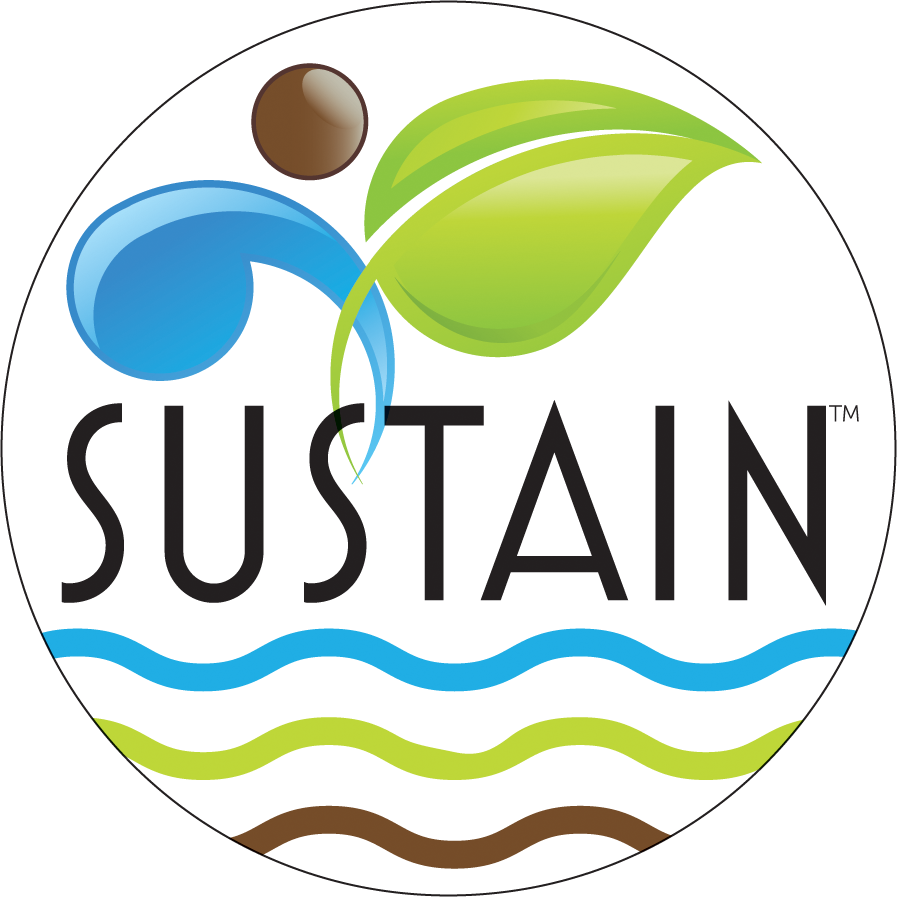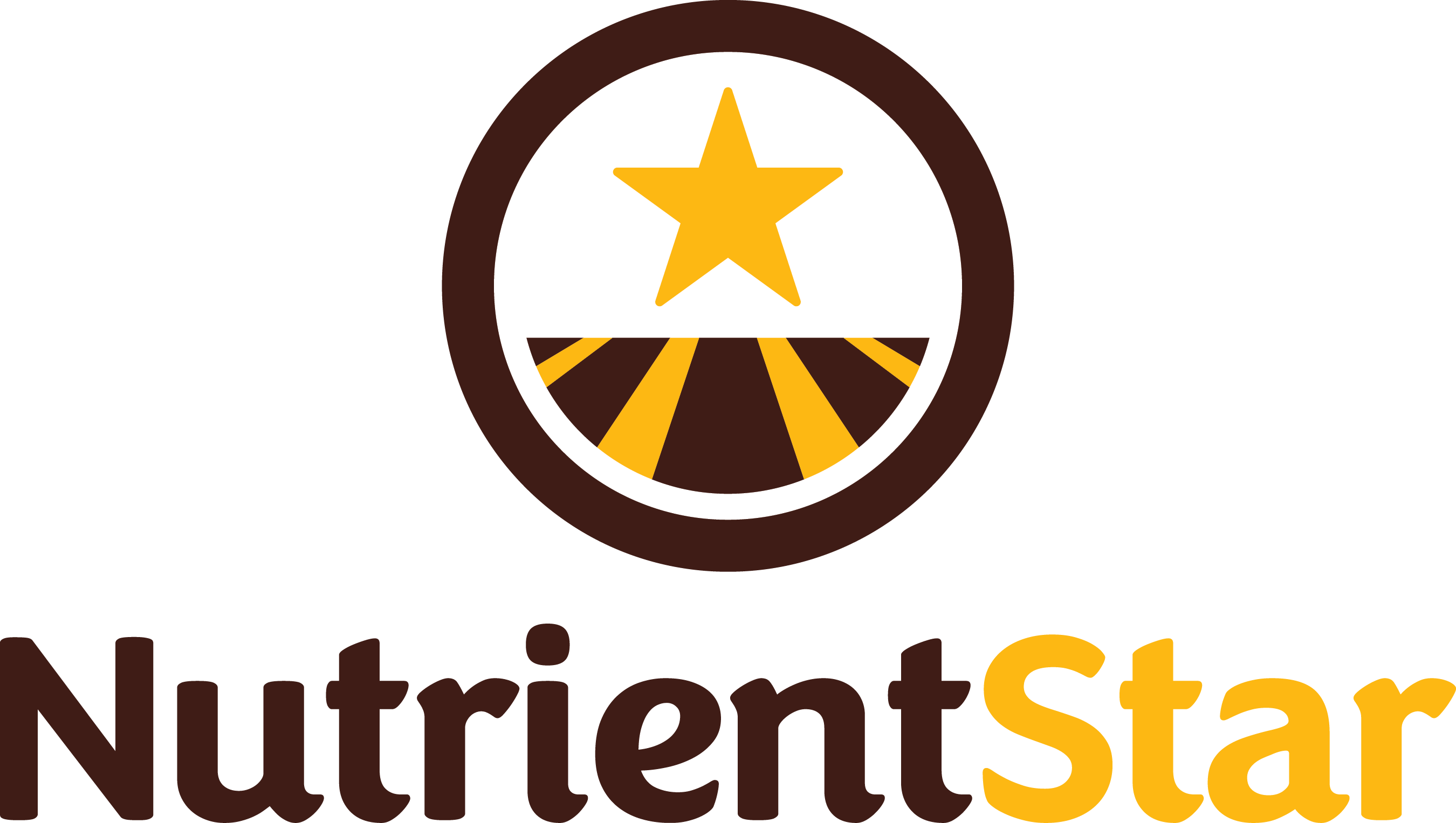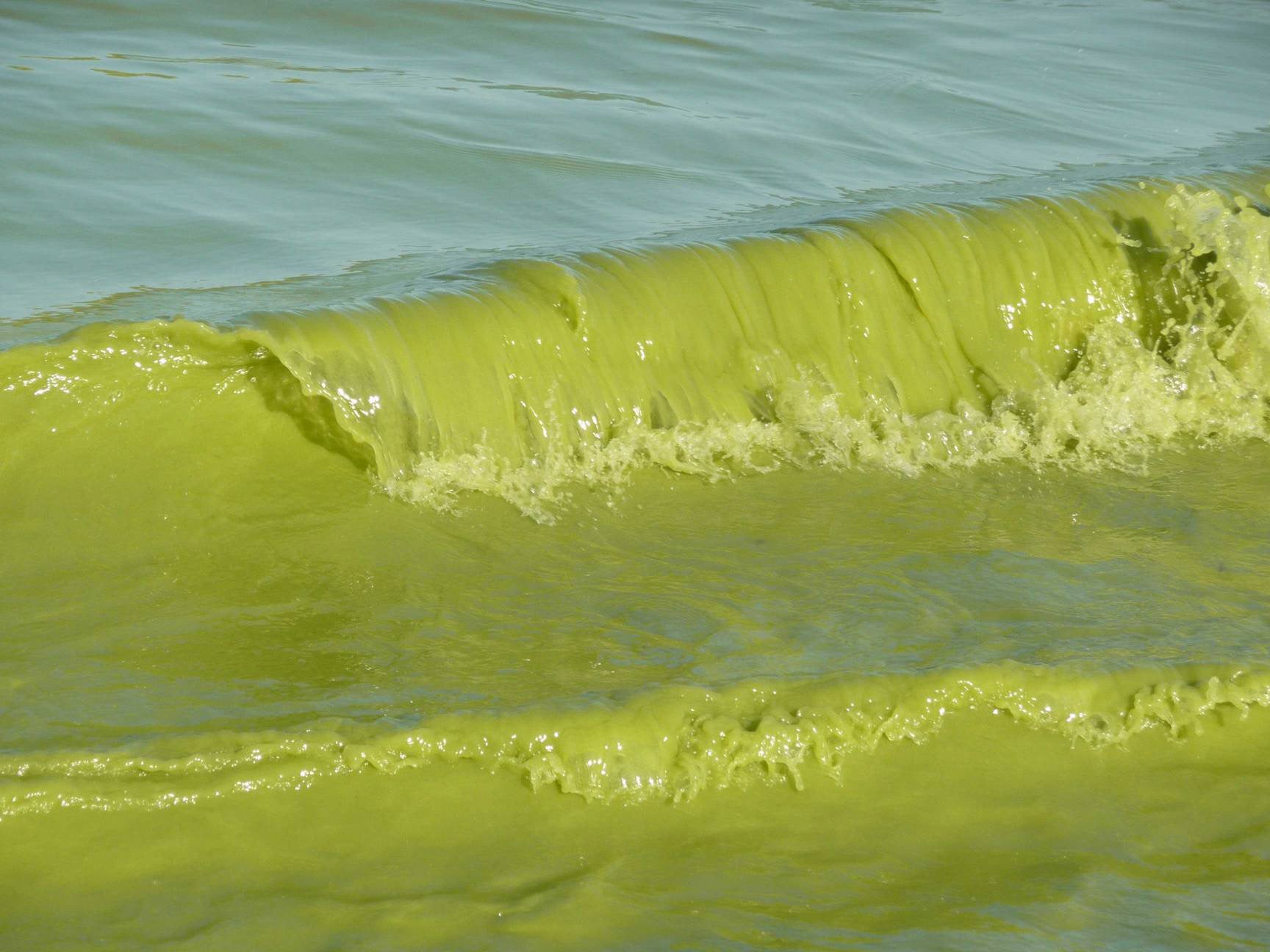Clik here to view.

Photo: Eric Vance, US EPA
For a month now, South Florida Atlantic beaches have been blanketed by a sickly green, toxic algae sludge that has kept tourists away and caused local businesses to lose millions.
Florida has a bigger headache this summer than most states, but algae blooms are hardly unique.
Last week, more than 100 people were sickened from toxic algae in a Utah lake largely fed by agricultural runoff and treated sewage water. And just two summers ago, an outbreak in Lake Erie forced the City of Toledo to close off its water supply for nearly half a million residents.
Agricultural runoff also means wasted money for farmers, who can spend approximately half of their input costs on fertilizer.
There are ways to reduce the runoff that contributes to water quality problems and kills marine life, year after year. Algae blooms can be minimized and maybe even prevented if we scale up existing efforts to improve fertilizer efficiency and soil health – practices that can also save farmers money and boost their yields.
Two initiatives and private-sector partnerships are making real headway in doing just that. And if these efforts are replicated at scale, they could have a national – and even international – impact.
SUSTAIN
Image may be NSFW.
Clik here to view. In large part because of Walmart’s demand for more sustainable row-crop production, food companies such as Campbell’s Soup, Unilever, Smithfield Foods and Kellogg’s are helping the farmers in their supply chain to reduce fertilizer loss through a rapidly growing program called SUSTAIN™. Spearheaded by the ag retail cooperative United Suppliers, now part of Land O’Lakes, the plan is to have 10 million acres of farmland using best practices for fertilizer management and soil health by 2020.
In large part because of Walmart’s demand for more sustainable row-crop production, food companies such as Campbell’s Soup, Unilever, Smithfield Foods and Kellogg’s are helping the farmers in their supply chain to reduce fertilizer loss through a rapidly growing program called SUSTAIN™. Spearheaded by the ag retail cooperative United Suppliers, now part of Land O’Lakes, the plan is to have 10 million acres of farmland using best practices for fertilizer management and soil health by 2020.
SUSTAIN works by training ag retailers in the best practices and tools for fertilizer efficiency and soil health. The retailers then share this knowledge with the customers they serve. This model can reach thousands of farmers across millions of acres.
NutrientStar
Image may be NSFW.
Clik here to view. Precision agriculture tools can help farmers meet the growing demand for sustainably grown row crops, but it’s difficult to tell which tools perform as advertised. That’s why EDF developed NutrientStar, an independent program that assesses the fertilizer efficiency claims of products on the market.
Precision agriculture tools can help farmers meet the growing demand for sustainably grown row crops, but it’s difficult to tell which tools perform as advertised. That’s why EDF developed NutrientStar, an independent program that assesses the fertilizer efficiency claims of products on the market.
With NutrientStar, farmers gain confidence that the nutrient efficiency tools they purchase will work as advertised, and keep fertilizer in the soil.
The power of supply chains
Clik here to view.

Photo: T. Archer
So what will it take to scale up the programs that help farmers and reduce algae blooms?
Supply chains are a powerful tool for igniting change and taking it to scale. Companies can signal that fertilizer efficiency and good soil management are not just good for the environment, but also for improving a farmer’s yields and bottom line.
But to get a handle on our growing algae problem in the United States and overseas, there is no one silver bullet. We need more food companies to embrace sustainable sourcing, ag retailers to replicate the SUSTAIN model in order to reach millions of growers, farmers to use NutrientStar to understand how tools perform out in the field, and agricultural policies to align with and accelerate adoption of conservation best practices.
To turn these initiatives into tangible environmental improvements at scale, we also need to work with and not against farmers and agribusiness. The people who feed our rapidly growing population – and the companies that support them – must be, and are, our most important allies.
Related:
Taking the bloom and gloom out of Lake Erie >>
How farmers can turn the tide on Lake Erie's toxic algae problem >>